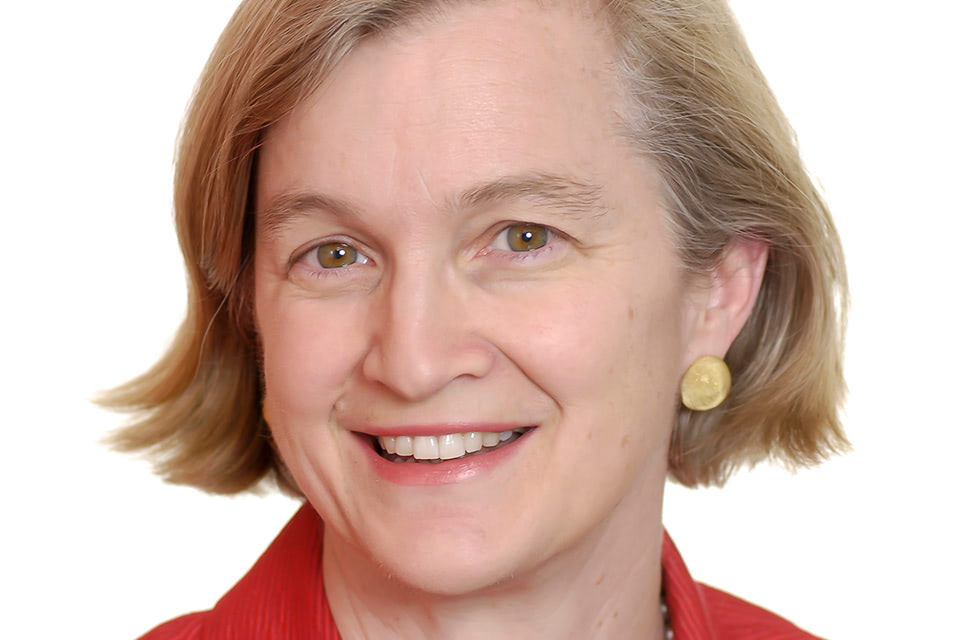Findings from Ofsted visits in September

Amanda Spielman discusses what we found in our first visits to education and children’s social care providers during September:
This autumn, we are working differently. While routine inspections of education and social care providers have been suspended, we will be carrying out thousands of visits to schools, colleges, nurseries, children’s homes, local authorities and other providers of education and children’s social care. Our aim is to explain how these providers are getting back to education and meeting the needs of children and older learners, while managing the challenges presented by the COVID-19 pandemic.
We are hearing directly from the leaders of these institutions, so we can help others understand what’s being done in sometimes extraordinary circumstances – whether that’s parents, other professionals working in these fields, or the government. Today, we have published the first of 3 sets of reports on what we are learning from our visits, focusing on schools and children’s homes. In November, we will broaden our reports to cover visits made in October to further education colleges and local authorities, as well as virtual visits to nurseries – and include consideration of services for children with special educational needs and disabilities (SEND).
I’m hugely grateful to the schools that put themselves forward for our pilot visits. It should be noted that the schools findings we are reporting today are drawn exclusively from this volunteer group.
The return to school in September was quite unlike any that we’d seen before; children returned to schools that had been reorganised to combat the spread of the virus. Leaders told us they had struggled at times to keep up with the guidance from government, but nevertheless it was clear from our visits that schools had carefully considered how to apply that guidance in their own context. The use of bubbles was prevalent in primary schools, with secondaries augmenting that tactic with timetable changes that limited the movement of children around school.
In the lead up to September, there had been much speculation about attendance when schools returned. Those we visited generally reported decent attendance figures – often comparable with other years – but parental anxiety remains an issue. Leaders reported their frustrations at having to correct the myths that had taken hold with some parents, often fuelled by ‘fake news’ shared on social media.
Myths can also grow and circulate among schools about what they ‘have’ to do, or not do: no singing; no swimming; all doors open, no matter the weather… Successfully rebutting these myths, which spread so easily, is hard. Like Japanese knotweed, myths have persistent roots – so a consolidation and simplification of government advice for schools would help bring clarity for teachers and parents alike as we head towards the winter.
Perhaps worryingly, over a third of the schools we visited for this report had noted more parents opting to home educate their children. Some parents will have made a positive choice, after enjoying their summer experience at home, but many leaders believed parents were concerned about the safety of their children. We will watch this trend as our visits continue over the autumn.
Concerns about what to do when children cannot attend school are very topical as cases spike in some areas. Remote learning presents considerable challenges. Often these are characterised as problems of access – to technology, to broadband or to peace, quiet and space in the home – and these concerns were described on our visits. But there are other challenges too, including how to motivate a child to engage outside of the classroom’s structured regime. Parents’ experiences of remote learning will vary, but common to many has been a real struggle get children to turn off the Xbox and pick up the textbook.
It became apparent on our visits that there is a curriculum issue here as well. Schools told us that they had plans to provide remote learning, through technology or printed work, but they said much of the content they could provide remotely was not fully aligned with the classroom curriculum. If we expect many children to find themselves at home in term time once or even more often this year, for possibly a fortnight at a time, they must not lose the progression that a strong, well-sequenced curriculum brings. Without that structure, remote education becomes more about filling time than about effective learning.
It’s good to hear that most schools intend to have a full curriculum back in place by the summer term, if not before. Schools are recognising that the best way to rebuild resilience and support their children’s well-being is to make schooling as normal as possible. That means letting teachers perform their everyday magic and focus on teaching their subjects. And we must not forget the physical toll on children of being largely inactive for a long time. A decline in physical health among pupils was highlighted by many schools, and returning to PE is an important aspect of the return to school.
Of course, some children have more vulnerabilities than others. In our next report, we will look in more detail at the experiences of children with SEND, but we heard from the mainstream and special schools that we visited about the impact of a lack of schooling on these children. In particular, children who do not communicate verbally had seen their communication skills regress while their social contact was more limited.
In spite of the challenges they faced, there were a number of positives to be taken from our visits to children’s homes in September. It’s clear that staff in homes have worked very hard to maintain an environment that is COVID secure, while trying to maintain as much normality as they can for the children. However, our regulatory work through the summer did surface some concerns. You can read more about this work by Yvette Stanley, National Director, Social Care.
Where restrictions allowed for it, staff in children’s homes facilitated children’s visits to friends and contact with families – but this was not always possible. Just as many workplaces moved online and team meetings became Teams meetings, technology often contributed to maintaining contact between children and their families and with social workers. We know that the move to online communication has actually helped some young people who might have found direct contact with family members stressful. Online communication has removed some of the anxiety from the process, and this could become a lasting legacy of lockdown in cases when direct personal contact is not in the best interest of the child.
During this period, staff in homes made efforts to entertain children and keep spirits up. Even so, homes reported increased frustrations and anxiety over the summer, leading in some circumstances to greater tensions between children. In general terms, the homes that were well led and maintained consistent boundaries were able to respond well. They reported that relationships between staff and children had improved, as staff helped children understand the changing nature of restrictions and discussed anxieties about the pandemic.
However, homes that were already struggling, either because of a lack of structure, inadequate leadership or staffing vacancies, were put under more strain as a result of COVID-19. We also heard about difficulties liaising with partner agencies or accessing specialist services and we hope this situation will improve – but local restrictions might lead to rather different experiences in different areas.
In every kind of provider that we are visiting, strong leadership and committed staff remain key to making the best of this challenging time. The member of staff at a children’s home who isolated with a child who was displaying COVID-19 symptoms so they did not feel alone stands out. But so does the determination, expressed by many of the school leaders we spoke to, that the pupils currently under their care and guidance must not come to be defined as ‘the COVID generation’. They deserve much more than that.
Amanda Spielman, Ofsted’s Chief Inspector











Responses